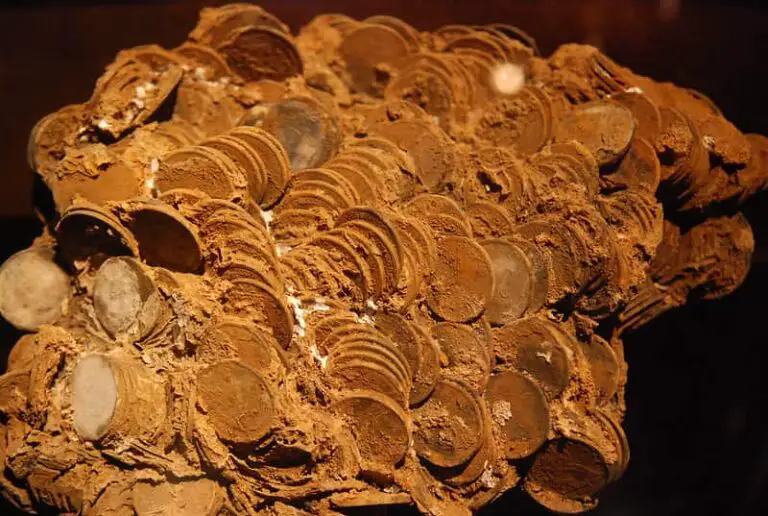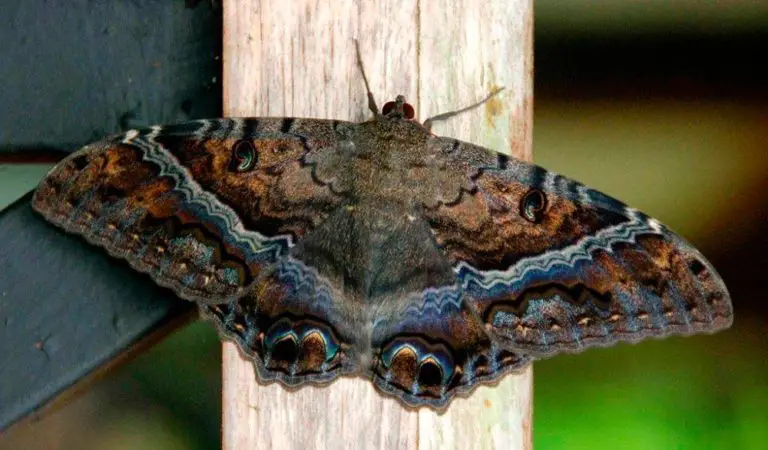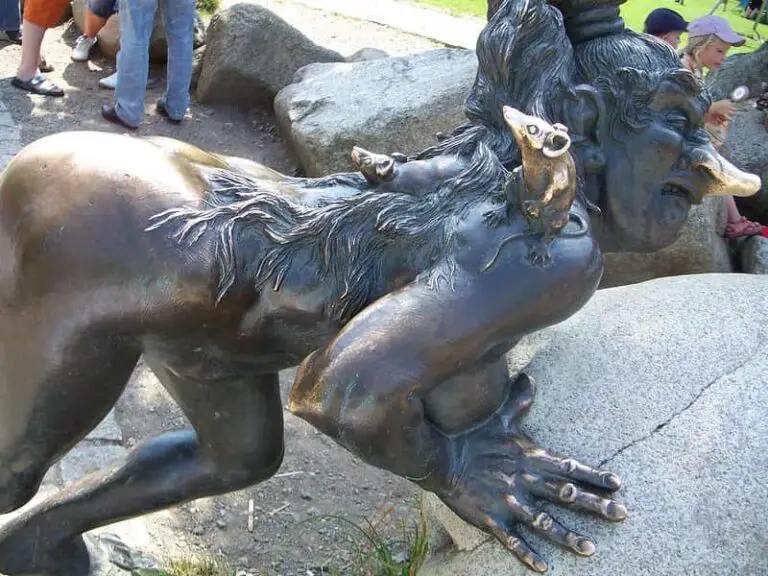Did Mermaids in The Dominican Republic Ever Exist?
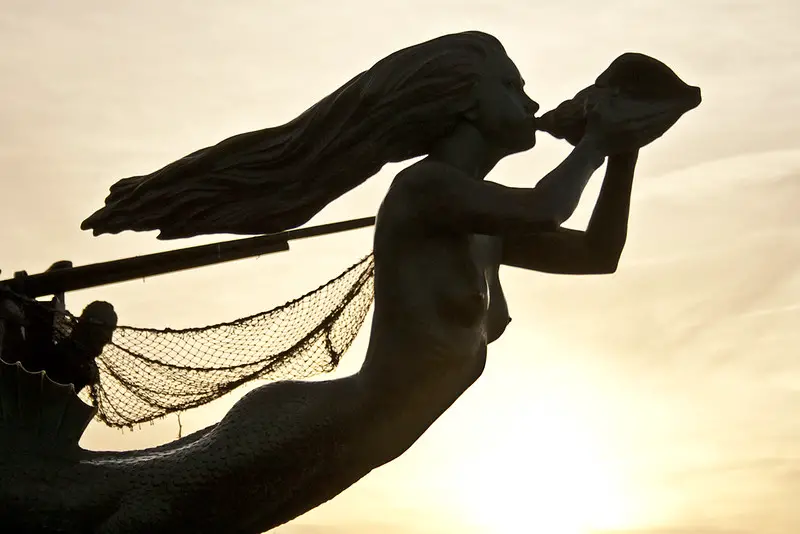
In one of the logbooks of Christopher Columbus in his incursions to what is now known as the Dominican Republic, it is related how he saw mermaids in the sea, a living being that neither he nor his crew had ever seen in their entire lives.
Among the many things, Columbus recorded in that diary of his first voyage were the mermaids. It was Wednesday, January 9, 1493, before the Gregorian calendar reform. The admiral was sailing in the caravel La Niña, between 72 and 73 degrees, west longitude, when the mermaids made their appearance:
“The day before last, when the Admiral was going to the Rio del Oro, he said that he saw three mermaids, who came out well up from the sea, but they were not as beautiful as they are painted, that in some way they had the shape of a man in the face. He also said that other times he saw some in Guinea, on the coasts of Manegueta.”
Mermaids, but not as beautiful as the legends claimed they were. What exactly did Columbus see? In that world accustomed to legends and wonders, in which human beings lived half a millennium ago.
Where every day there was a new surprise, it was usual for Europeans to try to decipher that new land to which they peered trying to find similes in what they already knew. Those beings were not exactly mermaids.
In fact, they had nothing to do with what the admiral and any of the men who went with him understood by “mermaids”. How had they “come out of the sea”? As time went by, the many legends of mermaid sightings in the new land were clarified: they were manatees, whose faces, which to the inhabitants of the 21st century seem sympathetic, seemed to the men of Columbus’ time to be of coarse masculinity.
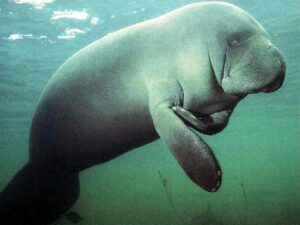
The Dictionary of the Real Academia Española de la Lengua still refers to the word “manatee” as “caribean voice”.
These mammals, which today we also call “sea cows”, can rise considerably above the water and sometimes even show their tails. This explains why Columbus described his “sirens” sticking out of the water in what is now the Dominican Republic.
Over the years, as Europeans became more familiar with the fauna of those surprising lands, they learned to call the false mermaids “manatees”.
At some point, the famous Dominican friar Bartolomé de Las Casas, who came to know the American islands very well, devoted time and acuity to reading Columbus’ diary. By then, the manatee was, according to those who had already had the opportunity to see it up close – and eat it – “a great fish, similar to a great calf”.
This was said, first of all, because of the animal’s gentleness, which caused, for centuries, hundreds of manatees to be killed to serve as food.
The manatees gave much to talk about during the years that the Spanish crown conquered and colonized the American kingdoms. There are testimonies that their meat was very popular, precisely because it reminded Europeans of the flavor and consistency of veal.
In the times of Las Casas, there were testimonies that “in slices”, manatee meat was very tasty, and its fat was one of the best available for frying eggs.
Do manatees still exist in the Dominican Republic?
Today, manatees are an endangered species. Manatees were once abundant in Hispaniola but were hunted for centuries for their valuable meat.
They were relatively uncommon by the end of the 19th century. They are still found, however, in various coastal marine zones of the Dominican Republic and Haiti. It is generally believed that the species is still in decline, but there is not yet a credible estimate of the actual population size.
The main challenges to the conservation of the species are illegal hunting, fishing gear entanglements, boat crashes, contamination, and the degradation and loss of their natural habitat.

